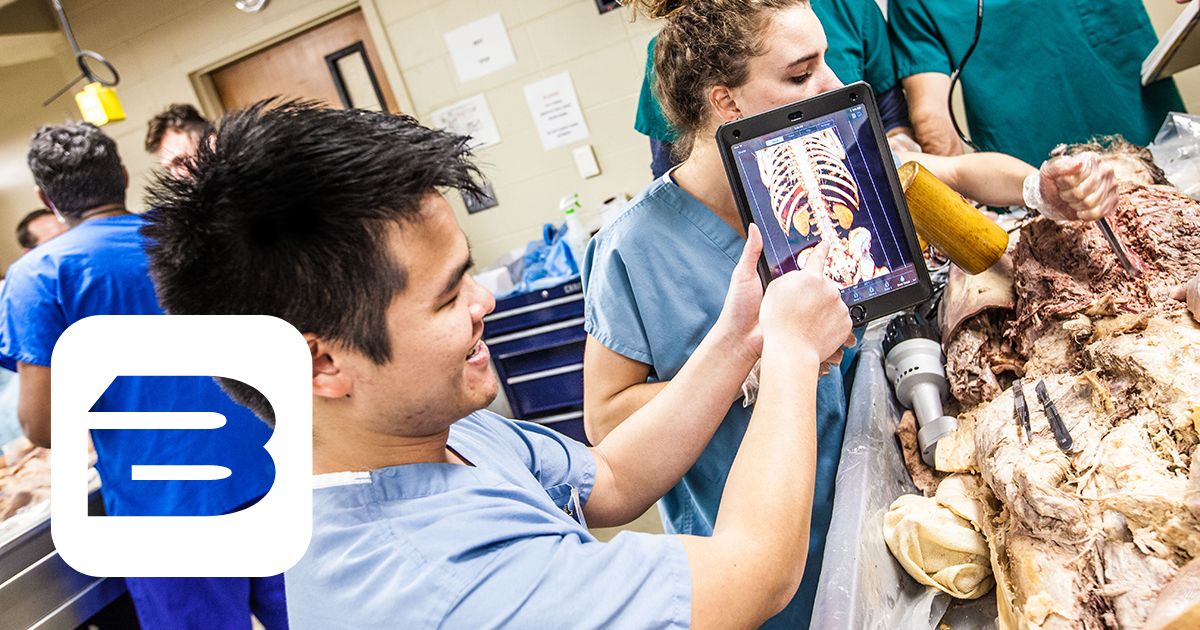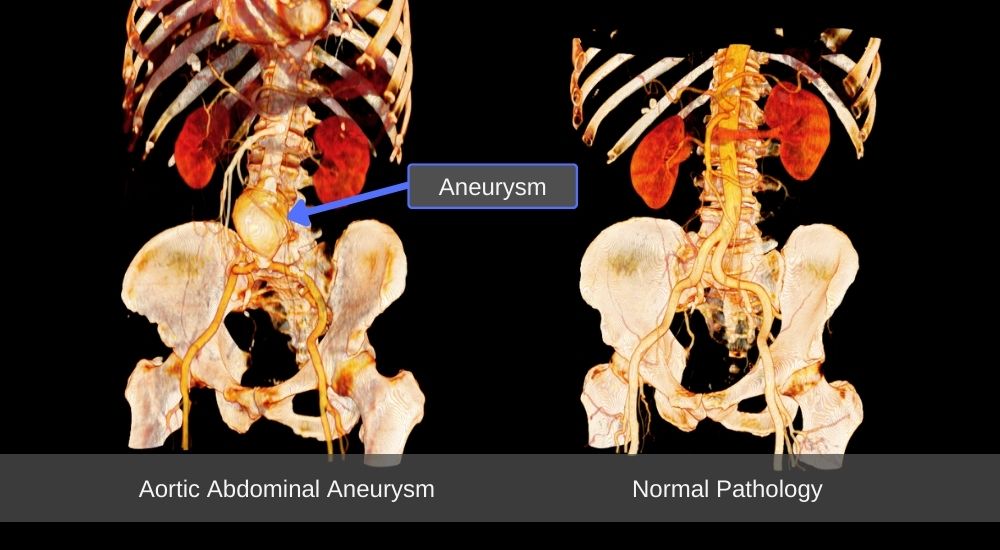Cadaver Dissection Can Teach More Than Just Anatomy!
by Robert Tallitsch, PhD | October 13, 2022

All too often anatomy students only think of three things as they are dissecting:
- the “normal” anatomy they are observing and need to learn,
- anatomical variations discovered in various cadaveric specimens in the lab, and
- any pathology observed during dissection.
However, I always tried to utilize a “teachable moment” whenever one arose, causing my students to think about what they had learned in other classes at Augustana — be it physics, physiology, or various liberal arts classes, such as ethics and philosophy, as they were dissecting. These discussions were always interesting and helped students understand that there was more than just learning anatomy to be a truly educated anatomist or health professional.
A Teachable Moment
I recently talked to a former student who is currently nearing the end of her surgical residency, and it caused me to remember a teachable moment when Sarah was enrolled in Cadaver Dissection at Augustana. Sarah’s cadaver group asked me to come to their dissection table so they could show me an abdominal aortic aneurysm (AAA) in their cadaver. As they worked to clean up the dissection so the branches off of the abdominal aorta could be visualized better, I called everyone over to the table and asked the following question: “Explain the concept in physics that underlies why an aneurysm would continue to expand until it bursts, providing it wasn’t discovered in time.” The cadaver room became quieter than it had ever been all term. Then, slowly at first, the discussion started as the students worked to remember the appropriate concept from physics. Several scenarios and explanations were offered and then, when the correct answer was obtained, students experienced one of those “Ah hah” moments that helps solidify the understanding of a concept that wasn’t totally understood previously.
Abdominal Aortic Aneurysm (AAA)
First, let’s briefly discuss the pathogenesis of an AAA. An AAA is defined as “a dilation of the abdominal aorta to at least 1.5 times the normal diameter of the vessel.” An AAA results from the weakening of the arterial wall through a series of degenerative processes, including atherosclerosis of the vessel wall, turbulent blood flow as a result of the atherosclerotic plaque, structural degradation of the elastic tissue within the media (tunica media) of the vessel, chronic inflammation within the vessel wall, and death of smooth muscle cells within the media of the vessel. The combined effects of these processes results in an AAA.

A Physics Lesson with an AAA
But what makes the aneurysm continue to expand if it isn’t treated? This is where physics comes into play, and the concept I wanted my students to remember. The Law of LaPlace describes the pressure-volume relationships within a blood vessel. The relationship is expressed as follows:
Δ Pressure = Tension/Radius
with Δ Pressure being the change in pressure within the blood vessel, Tension is the force exerted on the wall of the vessel, and Radius is interior radius of the vessel. If you rearrange the equation you obtain the following:
Tension = Δ Pressure x Radius
Therefore the Law of LaPlace essentially states that the tension exerted on the wall of a blood vessel is proportional to the radius of that blood vessel. So, if the radius of the vessel increases the tension exerted on the wall of that vessel increases. Taking into account the pathogenesis outlined above, this produces an example of positive feedback where, as the vessel wall continues to deteriorate, the radius of the vessel continues to increase, which increases the tension exerted on the wall of the vessel. This ultimately results in the stress exceeding the tensile strength of the aortic wall and the vessel continues to enlarge and eventually rupture.
Paying it Forward
When Sarah called the other day she explained that she had surgically corrected a severe abdominal aortic aneurysm in a patient that day. When she turned to a 4th-year medical student that was assisting in the surgery she asked the same question I had asked of her years before. When the medical student couldn’t come up with the correct explanation she proceeded to explain it as I had to her and her classmates. Her call ended by Sarah saying, “I just wanted you to know that I am paying it forward Doctor Bob, just as you asked us to do when I was in your cadaver dissection class.”
Ah the joys of teaching and successful interactions with your students!
BodyViz 3D anatomy resources allow for many teachable moments outside of just anatomy, like real-life problem solving and critical thinking. Because BodyViz uses authentic patient data from MRI and CTs, their patient case studies and clinical correlations give students an opportunity to think like a medical professional. The BodyViz 3D Virtual Dissection App allows for limitless and repeatable dissections. Their library of scans includes 1000s of human and animal dissections with the ability to upload any MRI or CT scan of your own. BodyViz allows for an unlimited amount of learning and resources for both students and teachers, allowing for many "teachable moments" that help anatomy concepts stick better for students.
Schedule a Demo
Helpful Links